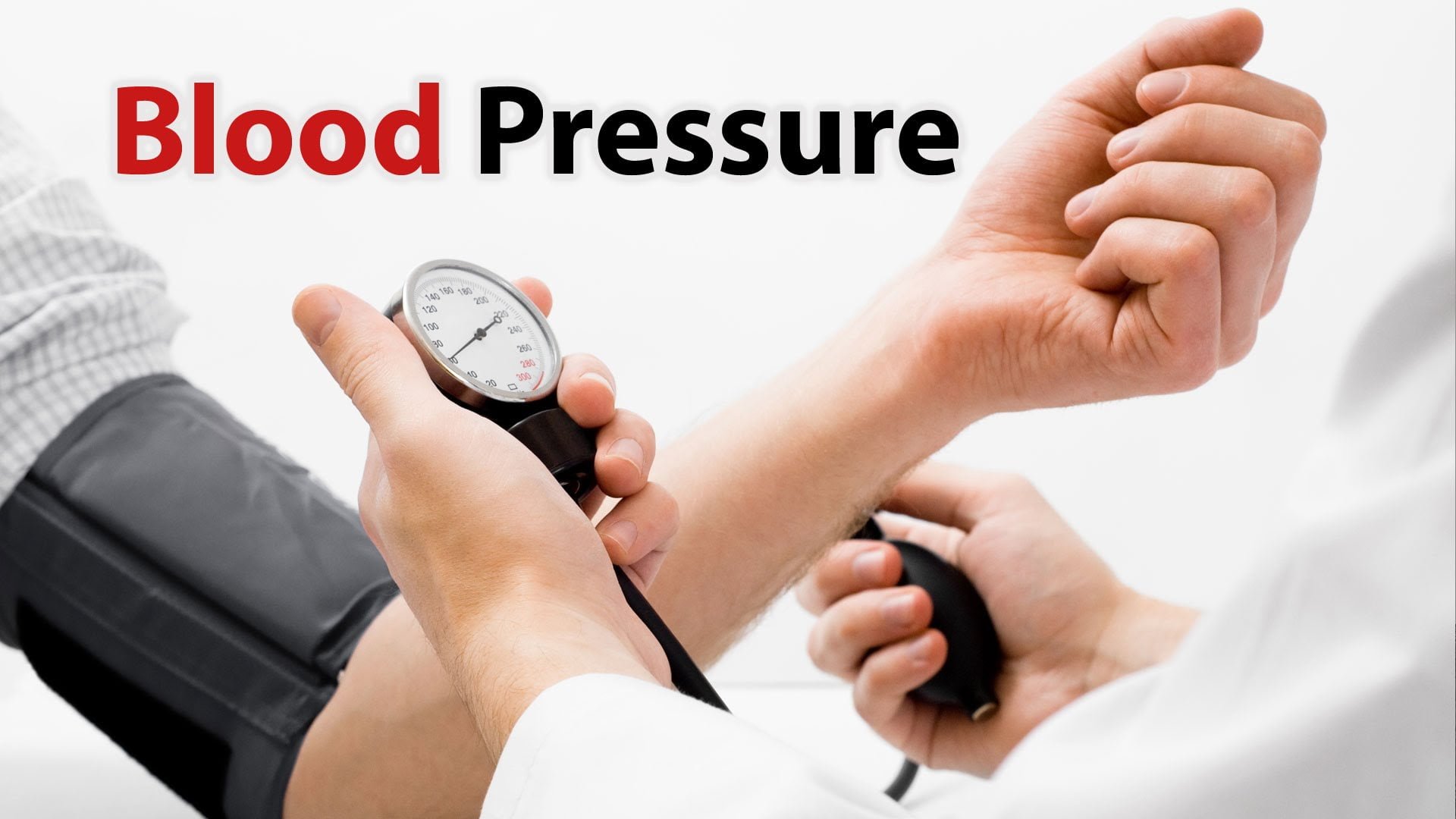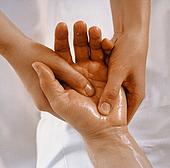 High blood pressure is an incredibly severe health condition that can cause heart disease including heart attack and increase your risk of getting a stroke. The medical term for high blood pressure is hypertension.
High blood pressure is an incredibly severe health condition that can cause heart disease including heart attack and increase your risk of getting a stroke. The medical term for high blood pressure is hypertension.
According to an editorial published in the Lancet (2007), the estimated number of adults with high blood pressure in 2000 was 972 million and the total number is expected to rise to 1.56 billion by 2025.
Even though these statistics are worrying, high blood pressure can be easily controlled. The good news is that you can eat your way to a healthy blood pressure. Did you know that the type of food you regularly eat can either raise or lower your blood pressure? As Hippocrates said:
Let food be thy medicine and medicine be thy food.
In order to understand how food is related to blood pressure, we first need to look at what blood pressure is.
What is Blood Pressure?
Blood pressure is the force exerted by the blood against the blood vessels. Your blood pressure reading has two numbers: an upper and a lower number. The upper number is called your systolic blood pressure reading: this is the highest arterial pressure and it happens at the start of your cardiac cycle when your ventricles contract. The lower number is called your diastolic blood pressure reading: this is the lowest arterial pressure and it happens in the resting period of your cardiac cycle.
The National Heart, Lung and Blood Institute stated that the normal blood pressure should be below 120/80mmHg. Typically, you are diagnosed as having high blood pressure if the systolic reading is above 120 and the diastolic reading is above 80. But how is blood pressure related to food?
Consuming foods rich in sugar and fructose as well as starchy foods, causes your insulin level remains high and eventually you become insulin resistant, which means the you become unable to use insulin effectively. The hormone insulin stores magnesium. Magnesium is the relaxing mineral, it helps to relax your muscles. If you become insulin resistant, your cells will not be able to store magnesium: instead, it will pass out of your body through your urine. When your magnesium level becomes very low, it prevents your blood vessels from being completely relaxed. This tightening of your blood vessels will raise your blood pressure. This is why insulin resistance has been linked to high blood pressure.
7 tips for a healthy blood pressure
Eating right is vital in preventing high blood pressure from developing. Here I will share with you 7 nutritional tips to prevent and reduce high blood pressure.
1. Use less salt: Salt has been the focus of strong scientific research in relation to high blood pressure. Various studies have found that high salt consumption contributes to high blood pressure and makes the heart work harder. A study published in Electrolytes & Blood Pressure (2014) stated that the moderate reduction of dietary salt is an effective measure to reduce blood pressure. It found that a reduction in salt from the present intake of 9-12g per day to the recommended level of less than 5-6g per day has a key beneficial effect on blood pressure. Processed foods are very high in salt so it is important for you to reduce your intake of all processed foods.
2. Cut down on sugar and fructose: Foods high in added sugar and fructose cause a rise in your blood sugar which increases your insulin level, leading to insulin resistance and its consequences. A review published in the Open Heart Journal found that added sugar and fructose was associated with a high risk of hypertension and suggested that sugar could be worse for your blood pressure than salt. The review also stated that a reduction in the intake of added sugars, mainly fructose, will help control the rate of hypertension. Processed foods are very high in added sugar and fructose so reduce your intake of these for a healthy blood pressure.
3. Reduce the intake of refined grains: Bread, white rice, pasta, cereals, spaghetti, noodles, biscuits and cakes are examples of refined grains. Refined grains are extremely starchy and have a very high glycemic load so it will break down into sugar quickly and raise your blood sugar level. Eating refined grains involves a lot of insulin secretion: the more refined grains you consume, the more insulin is secreted eventually leading to insulin resistance.
4. Eat protein with every meal: Protein slows down the digestion of your carbohydrates and helps with blood sugar control. Blood sugar control can help reduce your risk of diabetes. Studies have shown that diabetes and high blood pressure occur together. A study published in the Springer Current Atherosclerosis Reports stated that there was an overlap between diabetes and high blood pressure. The study found that high blood pressure occurs in 50% to 80% of patients with type 2 diabetes. Good quality protein to include in your diet are chicken (organic or free range), turkey (organic or free range), wild salmon, beans, eggs and sardines.
5. Eat foods rich in Vitamin D: Studies have shown that low levels of vitamin D increase your risk of high blood pressure. A study published in the Lancet (2014) found that there was an association between the vitamin D status and the risk of high blood pressure: high levels of vitamin D was associated with a reduced the risk of high blood pressure (hypertension).
Food sources rich in vitamin D include fatty fish like salmon and sardines, egg yolk and liver. The sun is the best source of vitamin D so make sure you go out in the sun regularly. You can get your vitamin D levels checked by your doctor or health practitioner to make sure your levels are in the normal range.
6. Balanced ratio of healthy fats: Omega-6 and Omega-3 fatty acids are polyunsaturated fatty acids that you must get from your diet. Omega-6 and Omega-3 have different effects: to put it simply, while Omega-6 promotes inflammation, Omega-3 reduces it. Therefore, it is important for your diet to have the right ratio of these fatty acids. Eating too many Omega-6 foods in proportion to Omega-3 foods will increase inflammation, which increases your risk of high blood pressure. A study published in the Journal of American Society of Hypertension (2007) confirmed the link between inflammation and elevated blood pressure.
Foods high in Omega-3 include fatty fish like sardines and salmon, flaxseed, pumpkin seed, walnuts, brazil nuts, avocado, sesame seeds and hempseed. On the other hand, sunflower oil, grape seed oil, corn oil, margarine, vegetable oil, soybean oil and processed foods are all high in Omega-6.
7. Eat colourful vegetables and fruit: Vegetables and fruit are bursting with antioxidants, vitamins, minerals, phytonutrients and dietary fiber which all help to fight disease and reduce inflammation. It is important to include 7 to 10 servings of vegetables and fruit a day. Eat more servings of vegetables than fruit as fruit is rich in fructose.
The Bottom Line
Other factors that can help keep your blood pressure healthy are exercising regularly, getting enough sleep, not being overweight and reducing your stress levels. The blame for high blood pressure should never be on genetics: the way you eat, your lifestyle, how much you exercise, how you deal with stress all work on your genetic predisposition and determine your risk of developing high blood pressure.
References
The Lancet (2007) Hypertension: uncontrolled and conquering the world. Volume 370, No. 9587, p539 (http://www.thelancet.com/journals/lancet/article/PIIS0140-6736%2807%2961265-3/fulltext)
National Heart, Lung and Blood Institute (NIH) http://www.nhlbi.nih.gov/health/health-topics/topics/hbp
DiNicolantonio J J , Lucan S C (2014) The wrong white crystals; not salt but sugar as aetiological in hypertension and cardiometabolic disease. doi:10.1136 http://openheart.bmj.com/content/1/1/e000167
Ferrannini E, Natali A, Capaldo B, Lehtovirta M, Jacob S, Yki-Jarvinen H (1997) Insulin Resistance, Hyperinsulinemia, and Blood Pressure.
Cheung B M Y, Li C (2012) Diabetes and Hypertension: Is there a common metabolic pathway? Current Atherosclerosis Reports. 14:160-166.
Ghanem F A, Movahed A (2007) Inflammation in high blood pressure: a clinical perspective. Journal of American Society of Hypertension,1: 113-119.




